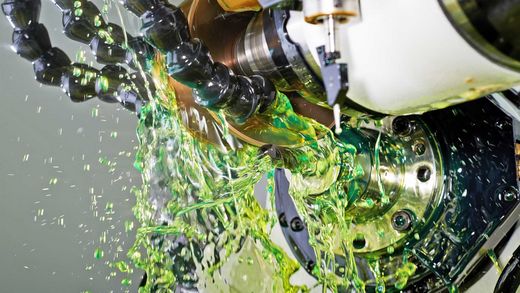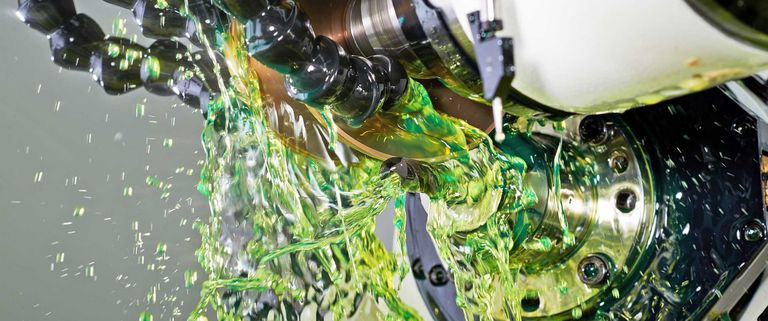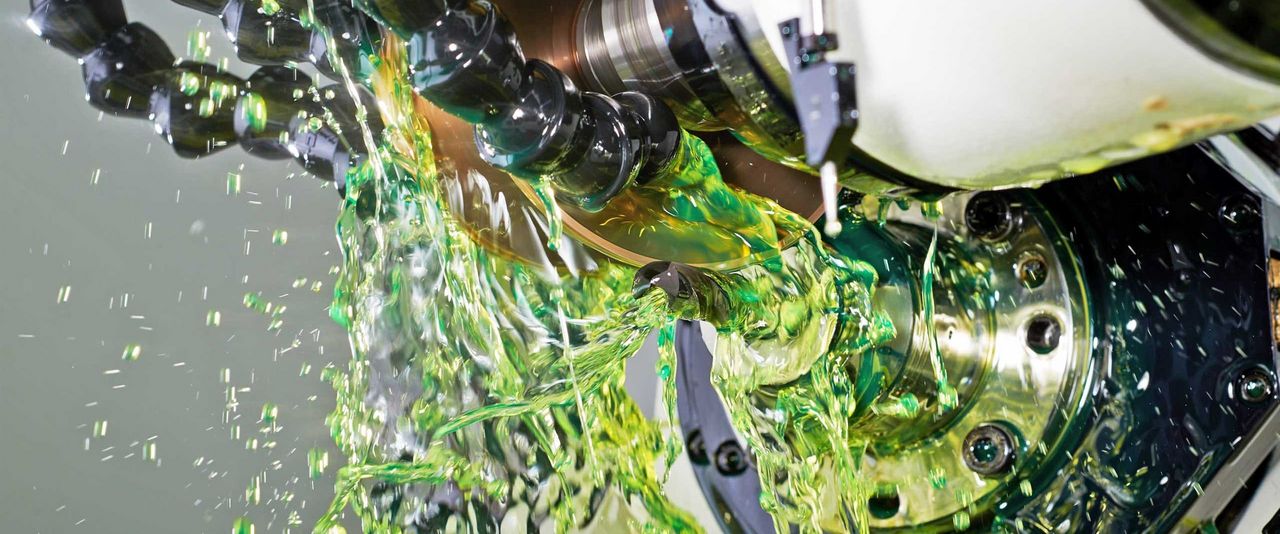Process Any PCD Tool with Two-in-One Grinding and Electrical Discharge Machining
If you’re like many operations today, you’re finding that your customers’ expanding use of superalloys and other exotic materials is bringing new challenges to your door along with the orders. The availability of polycrystalline diamond (PCD) tools for working with these difficult-to-machine materials has been a catalyst for product innovation in the industrial woodworking, medical device, automotive, aerospace, and electronics sectors while meeting a need for tooling with extended service life that also helps reduce cycle times.
While conventional grinding is typically the right process for cutting carbide, cutting into PCD is difficult and the heat generated can threaten the material’s characteristics, diminishing their integrity. A better process for removing large amounts of PCD – which is electrically conductive due to its cobalt composition – is electrical discharge machining (EDM), also known as eroding. EDM uses a non-contact electrical charge in conductive fluid to remove material, preventing tool wear and reducing lifecycle costs.
However, these extra-hard tools are rarely made entirely of PCD. Most PCD tools are PCD-coated or have PCD inserts and wafers that sit inside a body of carbide or high-speed steel. EDM on these materials would be highly inefficient. But what if a carbide blank already outfitted with the soldered PCD could be processed in one clamping on a single machine, eroding the PCD and grinding the carbide or high-speed steel?
Good news: This has been possible since 2001, which was when UNITED GRINDING/WALTER introduced the “two-in-one” principle of combination eroding and grinding. With this technology, users can 100% erode or 100% grind tools on the same machine, but the true beauty of the innovation is that both of these methods can be used on the same tool without spending time reclamping onto a separate machine. This revolutionary technology enabled an unparalleled degree of flexibility for toolmakers to produce virtually any rotationally symmetrical tool with the utmost in process efficiency as well as increased accuracy.
At a time when toolmakers must be poised to respond to purchase orders for innovative products they’ve never seen, or possibly even heard of, a two-in-one machine opens the door to take on new business in exacting PCD work. An added value is the fact that a two-in-one machine never has to sit idle; it can always be used for conventional grinding or resharpening tools if there is a lull in erosion work.
In 2016, WALTER introduced “Fine Pulse Technology” for all two-in-one machines, optimizing a number of important capabilities to benefit customers always asking more of their grinding machines. Now, toolmakers can start with rough PCD varieties and achieve surface finishes previously not feasible – to 0.15 Ra.
Raising the bar on performance, the WALTER HELITRONIC DIAMOND series features a redesigned liquid-cooled, high-end generator along with the pulse technology comprised of four standard settings – two for roughing, one for finishing and one for fine finishing – to ensure the best outcome. But settings can also be customized for a wider variety of exotic materials. This has been matched on the software side with WALTER Tool Studio’s capabilities to simulate the grinding and eroding processes before a blank is ever loaded into the machine.
Also important to note: some STUDER cylindrical grinding machines by UNITED GRINDING have an internal EDM wheel dressing option, WireDress®. This technology enables shops to dress their own diamond and metal-bond wheels in process and at full speed, right on the machine.
Contact us today to discuss how UNITED GRINDING North America can help you optimize your grinding operation, stay ahead of the competition and increase your marketability.









